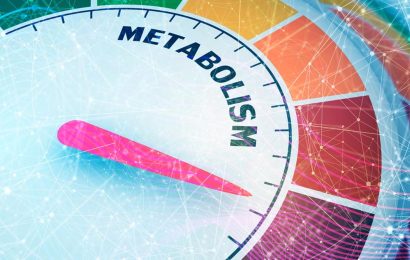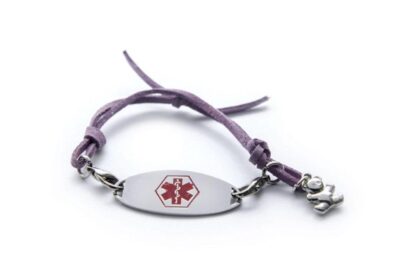Blood clots — these two words rank pretty high on the fear factor scale, and perhaps rightly so. The Centers for Disease Control and Prevention (CDC) states that, “On average, one American dies of a blood clot every six minutes.” Blood clots are linked to a number of serious health conditions, including heart attack, stroke, and pulmonary embolism. The best way to prevent blood clots is to understand what causes them and then take steps to stop them from happening.
What are blood clots?
A blood clot is a mass or clump of blood that is formed when platelets (types of blood cells), proteins, and other cells in the blood stick together. Blood clots aren’t entirely bad; for example, if you cut yourself, a blood clot forms that eventually hardens up into a scab. The scab help protect you against further blood loss, as well as infection.
However, blood clots can form where they shouldn’t, and that’s when danger sets in. Sometimes the body makes too many or abnormal blood clots; or, the blood clots don’t break down like they should, leading to other health problems.
What are the different types of blood clots?
Blood clots can form in or travel to blood vessels in the limbs, lungs, brain, heart, and kidneys. When blood clots form in blood vessels, this is called thrombosis. The type of problems caused by blood clots depend on where they occur. For example:
Deep vein thrombosis (DVT)
This is a blood clot, or thrombus, that forms in a deep vein in the lower leg, thigh, or pelvis. A thrombus can block a vein in the leg, causing swelling, pain, sores, and discoloration on the leg.
Pulmonary embolism (PE)
This type of clot, called an embolus, occurs when a DVT breaks off and travels to an artery in the lungs. A PE can cause permanent damage to the lungs and other organs, and it can be life-threatening.
Cerebral venous sinus thrombosis (CVST)
This blood clot forms in the brain’s venous sinuses, blocking the blood from draining. A CVST can lead to swelling and bleeding (hemorrhage) in the brain.
Blood clots can form in arteries that feed into the kidneys, intestines, and other organs, causing damage or possibly death.
To get cutting-edge diabetes news, strategies for blood glucose management, nutrition tips, healthy recipes, and more delivered straight to your inbox, sign up for our free newsletters!
What are symptoms of a blood clot?
Symptoms of a blood clot will vary, depending on where the clot is located.
In the heart
Chest pain, shortness of breath, sweating, pain in the left arm
In the brain
Sudden severe headache, trouble speaking, difficulty seeing, seizures
In the lungs
Shortness of breath, pain with deep breathing, rapid breathing, fast heart rate
In the arm or leg
Pain, swelling, tenderness and warmth
In the abdomen
Pain, nausea and vomiting
If you ever have any of these symptoms, seek medical attention right away.
Who is at risk for blood clots?
The following are risk factors for blood clots, according to the American Blood Clot Association:
- Trauma or an injury
- Surgery
- Hospital stay or long-term bed rest
- Genetic blood clotting disorder
- Family history of blood clots
- Hormone replacement therapy
- Birth control medicine
- Atherosclerosis
- Atrial fibrillation
- Cancer and cancer treatment
- Knee or hip replacement
- Pregnancy
- Smoking
- COVID-19
- More than four hours of travel by plan, car, bus, or train without walking
- Overweight and obesity
- Diabetes
The American Heart Association states, “Diabetes increase the risk of plaque buildup in the arteries, which can cause dangerous blood clots.” Studies also link that hyperglycemia (high blood sugar) with abnormalities of coagulation, leading to a tendency to form blood clots. In addition, people with high blood sugar levels before knee- or hip-replacement surgery have an increased risk of developing a pulmonary embolism (a good reason to aim to get blood sugar levels close to or at target before having any type of surgery).
How are blood clots treated?
Treatment of a blood clot depends on where the clot is and the risk of harm. Typical treatments may include:
- Blood thinners
- Compression stockings
- Stents to keep a blood vessel open
- Surgery
- Vena cava filters
How can you prevent blood clots?
Blood clots are scary but there’s a lot that you can do to prevent them.
- Wear loose-fitting clothes, stockings, and socks
- Wear compression stockings, if advised by your provider
- Take blood thinner medication as prescribed
- Stay active
- Don’t stand or sit for more than one hour at a time
- Change your position often when traveling
- Don’t smoke
- Stay at a healthy weight
- Manage health issues, such as high blood pressure and diabetes
- Eat healthy foods and stay hydrated
Want to learn about additional blood disorders? Read “Anemia.”





